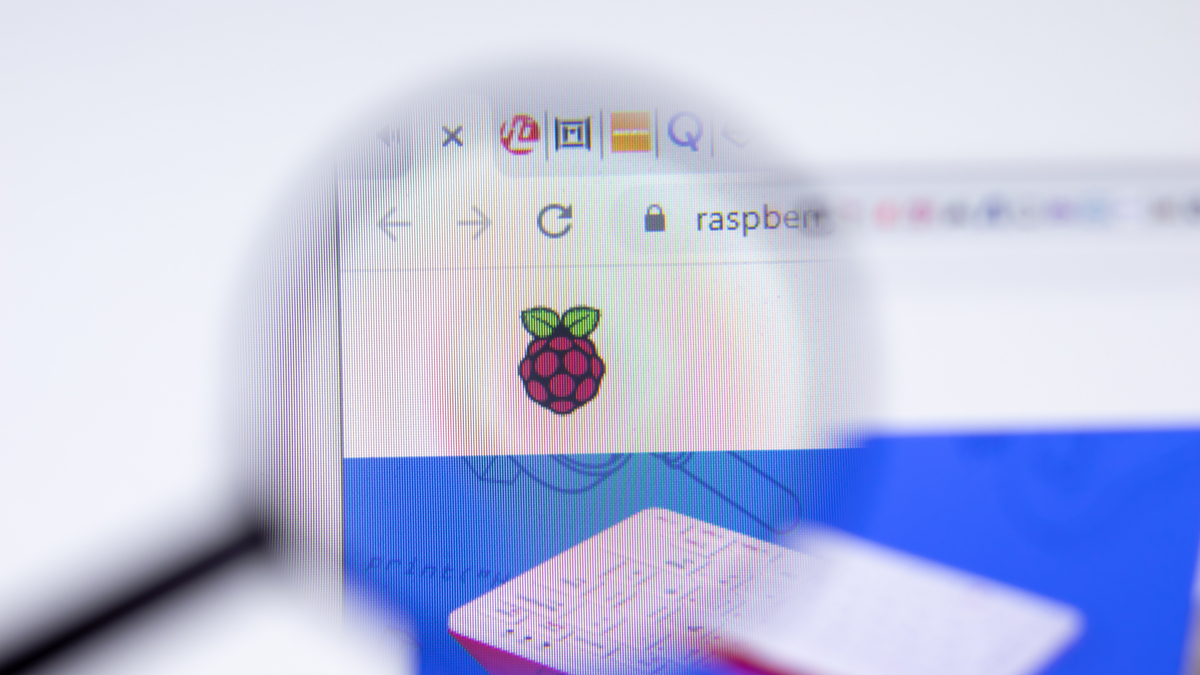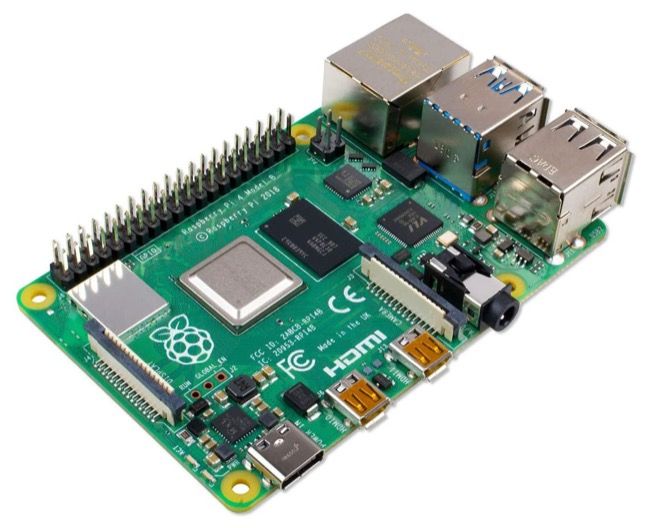Quick Links
If you've been around enough online, you might have heard about something called Raspberry Pi. (No, not the dessert.) So what is Raspberry Pi, and why do you need one? Let's dive in and learn about this inexpensive but insanely capable tiny computer.
The Beginnings of the Raspberry Pi
The Raspberry Pi was developed in the United Kingdom by the Raspberry Pi Foundation along with Broadcom. The original goal of the Raspberry Pi project was to provide an inexpensive tool for teaching basic computer science in schools and in developing countries. When the first model was released in 2012, it quickly gained popularity. In fact, it was much more popular than the Raspberry Pi Foundation expected and saw a large number of sales even outside its target market for uses such as robotics and others.
What sets the Raspberry Pi apart from regular computers? Typically, a computer is made up of a main system board, called a motherboard or logic board, and several other components plugged into it. You don't see all of these components, because they're enclosed in a case.
The Pi, on the other hand, is a single-board computer, or SBC. An SBC is a complete computer built onto one circuit board. All the components needed for a fully functional computer, including the processor, memory, video chipset, storage, and so forth are built onto the SBC. This usually allows it to be much more compact and often less expensive. These microcomputers are designed to run any ARM-based Linux distribution for an operating system.
Since the first iteration, the Raspberry Pi Model B, more than 40 million boards have been sold. Today, millions use the Raspberry Pi for anything from learning programming from the ground up to serving as a fully fledged desktop PC. Of course, there are many uses in between.
The Many Hats of the Raspberry Pi
The possibilities for a Raspberry Pi are almost endless. Whether you're looking for a low-cost media center or your Plex server, a Raspberry Pi can serve nicely. If retro gaming is your style, almost all of the retro consoles people have built are powered by Raspberry Pi. The microcomputer supports Wi-Fi, Ethernet, and USB-connected devices like keyboards, mice, storage devices, webcams, and more. The Raspberry Pi even supports Bluetooth, allowing you to pair an Xbox controller, for example, to play your favorite classic games.
Others use the Raspberry Pi for their home-based servers. You could turn a Pi into an ad-blocking firewall for your entire home. While most people install some flavor of Linux on the Raspberry Pi, it is also possible to turn a Pi into a Chromebox or Android computer.
People who love to create things, called Makers, find plenty of ways to use the Raspberry Pi. The board features a GPIO (General Purpose Input/Output) header, allowing Makers to attach different "hats" or electronic components to the computer. With a little bit of programming, you could enter one command to the Raspberry Pi and control everything in your home.
By default, the different pins on a GPIO header are unused and have no predefined purpose. Each pin is totally free for the Maker to assign a purpose to through programming. On a Raspberry Pi, you can attach pre-made components such as cameras or the Raspberry Pi Sense Hat to the header, or you can craft your own project using electronic sensor and components.
Getting Started With Raspberry Pi as a Desktop
To begin your Raspberry Pi adventures, you really only need a few things. You'll need the Raspberry Pi board, of course, as well as a way to power it. You'll also need a keyboard and mouse, a microSD card with the operating system on it, and a monitor. Ideally, you should also purchase a case to protect your Raspberry Pi, but even that is optional. You could cobble all of these items together, and use an imaging tool to flash the Raspberry Pi's operating system to the microSD card.
The best option for many, though, is to purchase one of the Raspberry Pi kits available. The Raspberry Pi 400 kit, sold by the Raspberry Pi Foundation itself, will provide everything you need short of the monitor. Then again, as long as you have a monitor or TV with an HDMI port, you'll still be in business.
Other starter kits are available, too. These bundles, such as the Raspberry Pi 4 Computer Official Full Kit or the Canakit Raspberry Pi 4 Starter Kit, provide the basics. You won't need to worry about flashing your operating system to the microSD card, because the kit comes with it preinstalled on the included card. The Vilros Raspberry Pi 4 Basic Starter Kit is another good option. For both, you'll need to bring your own monitor, keyboard, and mouse.
If you're ready to shop for your first Pi, we have an excellent buying guide that will help.
Advanced Uses for Your Raspberry Pi
Once you've learned the basics, you'll probably want to dig deeper into the capabilities of the Raspberry Pi. You can easily build a classic gaming console, using the RetroPie operating system and some retro-looking game controllers. You can even find cases that add that retro console look, mimicking the shape and style of a SNES, Nintendo 64, Sega Genesis, or more.
If you've always wanted to try your hand at robotics, Raspberry Pi can be an excellent entry point. There are plenty of project and starter kits out there to get you started. Want to build a robotic hand to play chess with? The programming's already done, so you just have to build it.
How about a robotic smart car that you program to navigate an obstacle course? Also well within your reach.
With its HDMI connections and the available software, a Raspberry Pi can even make an excellent streaming set-top box for your home entertainment needs. The open-source home theater software, Kodi, offers many of the same features and capabilities you'd find in a Roku, Amazon Fire Stick, or Chromecast.
Nearly Endless Possibilities for the Raspberry Pi
Those are just a few of the ways you could use the Raspberry Pi. With its ability to run many different operating systems, the connectivity of the GPIO header, and its programming capabilities, there are far more other possible uses than can be listed here. The possibilities are almost endless.
Aviation buffs might consider building a Raspberry Pi to track ADS-B radio traffic of the planes passing overhead. Amateur radio enthusiasts can use the same hardware for a miniature radio kit. For your smart home tasks, the availability of the open source Homebridge software for the Raspberry Pi opens up even more possibilities.
What began as a charitable project to bring computer science education to developing countries has blossomed into a DIYer's best friend. The Raspberry Pi can find a home in just about any geek's life, with a little thought and research.


